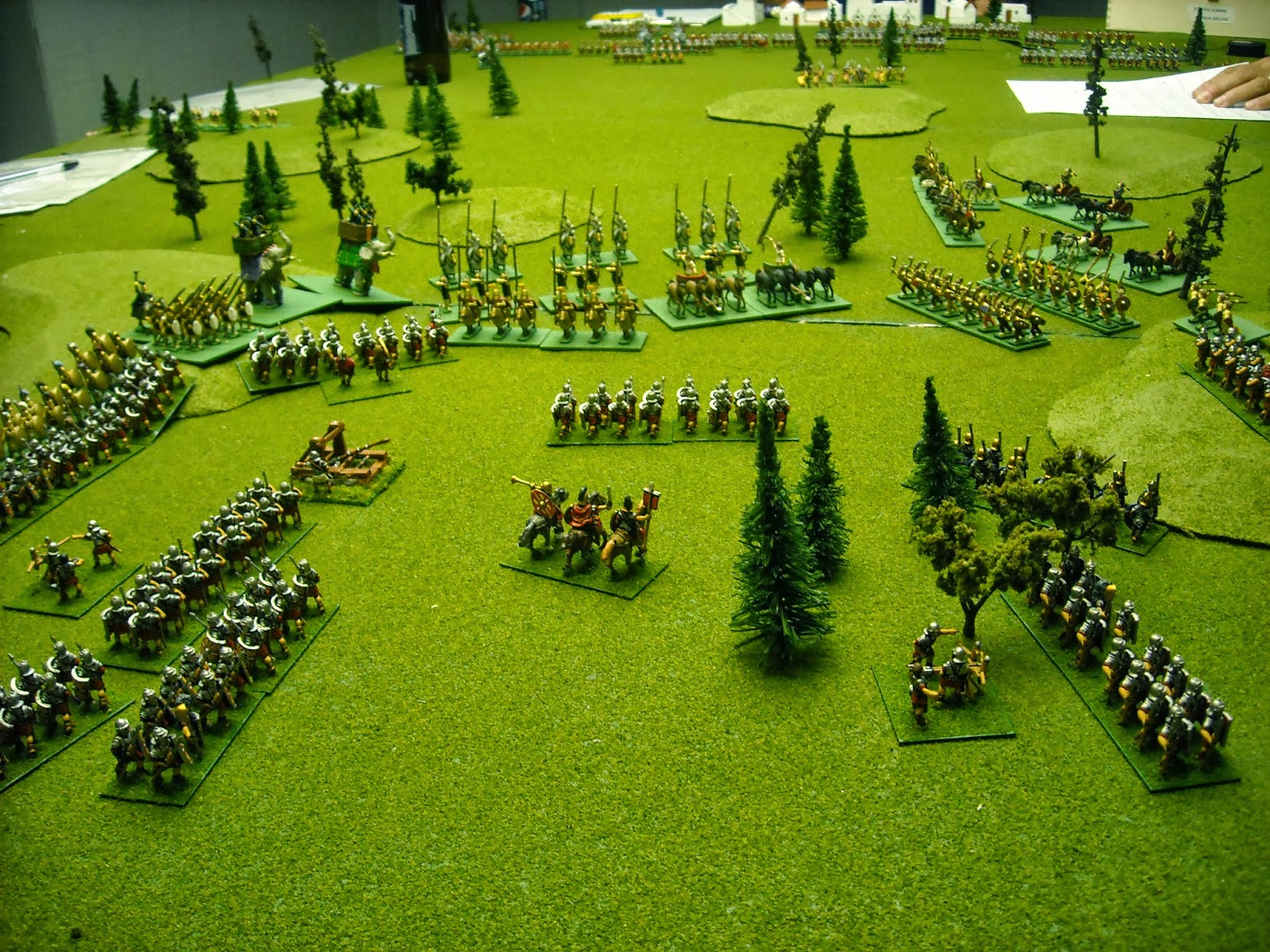The Ghosts of Antietam
I stand where the raw recruits of Colonel Dwight Morris
stood over 150 years before. The wind gently brushes my salt and pepper hair
and ripples the long expanse of grass slowly rising in front of me to the wagon
road, known throughout history now as The Sunken Road. The sun bathes the
entire expanse in bright warmth.
A cloud crosses over me, briefly slightly darkening my
little patch and giving my skin a respite from the sun. Did I hear the jingle
of a harness and a muffled word? I look left and right. Perhaps it was an
exclamation from a couple further up on the interpretive trail I had so
recently left.
I step forward with a slow measured step, much like the boys
of the 108th New York, greeting the elephant for the first time that
fateful September day. I swear the truck so far away sounds like the drums
beaten by the tiny drummer boys. It must be my eyes playing tricks (I forgot my
sunglasses at the hotel) but the grass ahead seems to be moving and puffs of
white appear, almost like skirmish fire.
The illusion grows as I take each deliberate step up the
gentle slope. I can’t ignore it or make it stop. Now I hear the jostling of men
nearby, though I am alone, the clunk of wooden canteens on cartridge boxes, the
swish of woolen uniforms through the tall timothy. There is a roar as I reach a
point 400 yards from the sunken road. I feel an extra gust of wind pass by and
hear a grunt, like the canister has found the range.
A twinge of uncertainty affects me, as the untried men so
far from home must have felt to see the effect of those crude weapons for the
first time. Do I go on, and brave the building illusion, or go back? Reach for
the objective or run for safety?
I push on.
As I expected the illusion continues to grow, gain form,
substance, sensation. My mind paints the outlines of men, so close, with every
detail present but hazy unless I concentrate when it pops out in exquisite
detail. An officer on horseback rides forward only to fall in the next blast of
canister. Ahead, the gray-clad skirmishers fire and retire until they drop into
the sunken road a scant hundred yards ahead of me. Then a leveled line of black
musket muzzles steadies on the lowest rung of the fence bordering the road and
an illusory ripple of red flame and white smoke pours all along the line.
I feel more than see my ghostly companions recoil in the
effect of the imaginary volley. All around me the ephemeral forms litter the
ground or clutch at wounds as they stagger forward and back. Another thunderous
volley, accompanied by a further gust of wind, and my blue-clad companions have
had enough. They recoil and head back from whence I started, some running,
others walking backwards, still more stumbling numbly. And as they move they
gradually disappear, leaving the fields again empty under the modern summer
sky.
Antietam holds the ghosts for me, more than any other site,
even Gettysburg. They are everywhere and need very little effort to conjure
into consciousness. Both sides; all over the field. Burnside at his bridge, the
veterans of the Stonewall Brigade as they rush to save the day. Hooker’s men
and McLaws’ in the West Woods struggling in the morning mists. Even Porter’s
veterans as they stood by, desperate to add the coup de gras but restrained by
the cautious hand of McClellan.
They swirl restlessly by at times when I am far from the
battlefield. They worry about being forgotten; lost in the sands of time. Not
while I’m alive, anyway.





























